Results
-
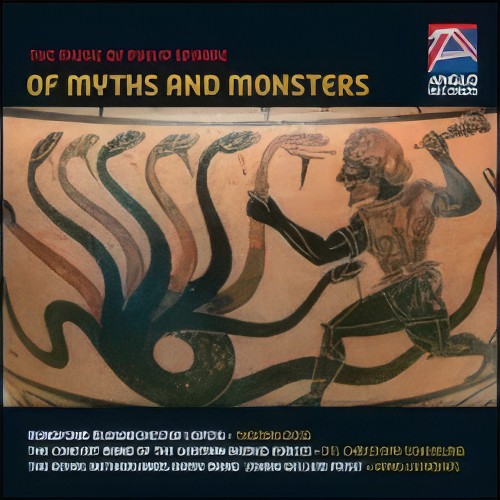 £13.95
£13.95OF MYTHS AND MONSTERS (The Music of Philip Sparke)(Wind Band CD)
Recorded by Rundfunk-Blasorchester Leipzig (Thomas Doss), The Concert Band of the German Armed Forces (OTL Christoph Scheibling) and The Royal Netherlands Army Band 'Johan Willem Friso' (Hans Leenders). Include: Sailing with the Tall Ships; Moving Heaven and Earth (Concertante Variations on an Original Theme after Gabriel Faure); Of Skies, Rivers, Lakes and Mountains; Five States of Change; The Song of the Bell (After a Poem by Friedrich Schiller); Of Myths and Monsters (An Outrage for Concert Band).
Estimated dispatch 7-14 working days
-
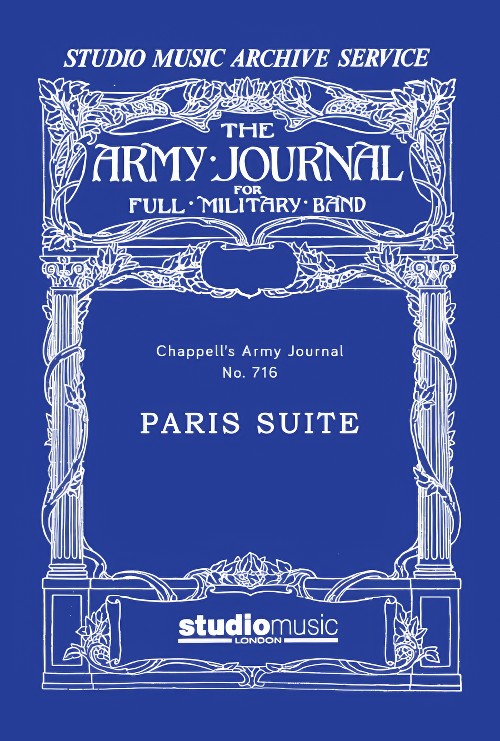 £64.95
£64.95Paris Suite (Concert Band - Score and Parts) - Wood, Haydn - Duthoit, W. J.
Army Journal No.716. Includes: Apache Life; In the Tuileries Garden; Montmarte (March).
Estimated dispatch 7-14 working days
-
£159.99
Ponte Romano Wind Band Set (Score & Parts)
This concert overture, which has the air of a symphonic poem, takes its inspiration from an ancient Roman bridge. A massive introduction, a threatening allegro and alternating virtuoso and chorale themes quickly succeed each other. Trombones and trumpets introduce a rhythmical theme which develops throughout all instrument groups. The allegro is characterised by a quasi-obsessive cadence which depicts a Roman army constantly beating time. 0:06:00
Estimated dispatch 7-14 working days
-
 £94.95
£94.95SHINE AS THE LIGHT (Concert Band) - Graham, Peter
This work has become something of a modern classic in it's original brass band format. By popular demand the concert band version is now available and is sure to thrill players and audiences alike with it's blend of drama, lyricism and famous blazing finale. Two Salvation Army Church songs are featured; The Candle of the Lord (Joy Webb) and The Light has Come (Chick Yuill).
Estimated dispatch 7-14 working days
-
£59.99
Soldiers Song Wind Band Set (Score & Parts)
As long as we can remember, trumpets and percussion have been the instruments most closely associated with the army and its soldiers. Just think of the medieval herald who publicly proclaimed all the king's important announcements. This work opens with a festive fanfare which immediately calls for your attention. No tidings of disaster, but a festive parade of soldiers passing by while whistling merrily. This idea was the composer's starting point when writing this cheerful little piece. 03:00
Estimated dispatch 7-14 working days
-
 £49.50
£49.50Stargazer
A high energy composition with a celestial sound that's perfect for mid-level bands. Lots of bold rhythms and interesting parts for all sections. Includes a short trumpet solo and also a section that features baritone and bass clarinet (cued many other places) with the percussion. There's plenty of challenges for your players and it has enough percussion parts to keep even the largest army of drummers interested and involved! First rate composition that's an outstanding choice for any programming situation including contests and concerts!
Estimated dispatch 7-14 working days
-
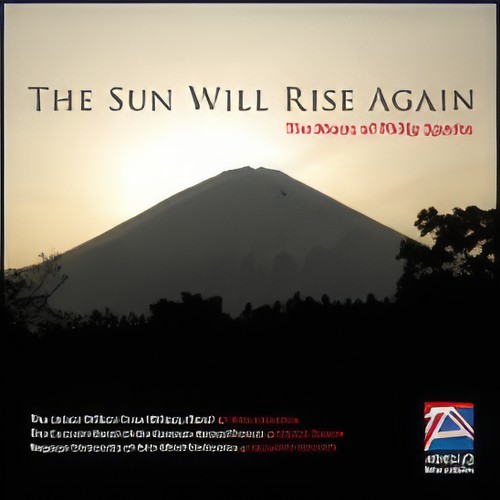 £13.95
£13.95SUN WILL RISE AGAIN, The (Philip Sparke)(Wind Band CD)
Recorded by The Concert Band of the German Armed Forces(Walter Ratzek), Nagoya University of Arts Wind Orchestra(Masaichi Takeuchi) and The Royal Netherlands Army Band 'Johan Willem Friso'(Hans Leenders). Include: Maple Leaf Overture; The Sun Will Rise Again; Godfather Waltz (Rota); Bolero (Ravel); White Light; Sinfonietta No.4; Drink to Me Only with Thine Eyes (Callcott); A Savannah Symphony,
Estimated dispatch 7-14 working days
-
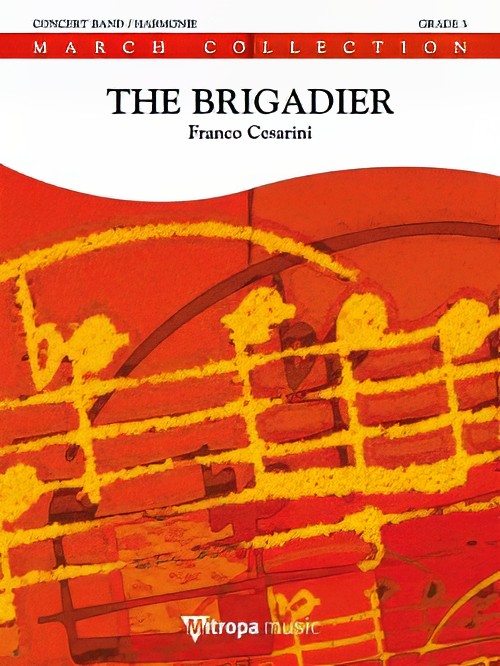 £84.99
£84.99The Brigadier (Concert Band - Score and Parts) - Cesarini, Franco
Brigadier is a senior military rank who typically commands a Brigade consisting of three battalions, approximately 3000 soldiers. The appointment to a high-ranking officer in the Army provides a lot of Swiss communities with the opportunity to celebrate. When Heinrich Tanner was promoted to Brigadier, the 'Knabenmusik der Stadt St. Gallen' wanted to pay tribute by dedicating a march to him. The result was this rousing march by Franco Cesarini.Duration: 3:20
Estimated dispatch 7-14 working days
-
£154.99
Toyland Suite Wind Band Set (Score & Parts)
Who has not played with toys as a child? While listening to this wonderful suite, your audience will regain their youthful memories by entering a world of fantasy and imagination with each movement representing a different toy. Dolls and Marionettes - the dolls are echoed in a cheerful tempo, and the marionettes in a waltz. The Doll House - slower and more cantabile. The Train - we hear the steam engine, the steam whistle and the buzz of a tour in the world of imagination. The Tin Soldier - we hear footsteps far off, coming closer, the rhythm of the drums, the energetic sound of the army. Dressed in uniforms and in straight lines, they march in a perfect rhythm. Make yourself feel young once again with this great work. 15:30
Estimated dispatch 7-14 working days
-
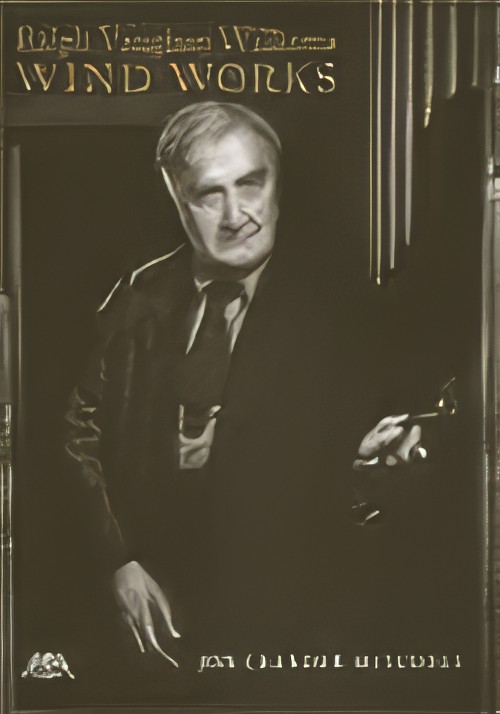 £27.95
£27.95WIND WORKS (Ralph Vaughan Williams) - Mitchell, Jon Ceander
This exciting new work by one of today's most highly regarding music scholars, brings new light to the more than two dozen works by Ralph Vaughan Williams for military band, brass band and wind ensemble. Vaughan Williams' unique relationship with fellow composer Gustav Holst is examined as well as his relationships with personnel at the Royal Military School of Music, the BBC and the Salvation Army. There's much more to this hard-to-put-down volume for conductors, performers, students and aficionados! Soft cover. 176 pages.
Estimated dispatch 7-14 working days
